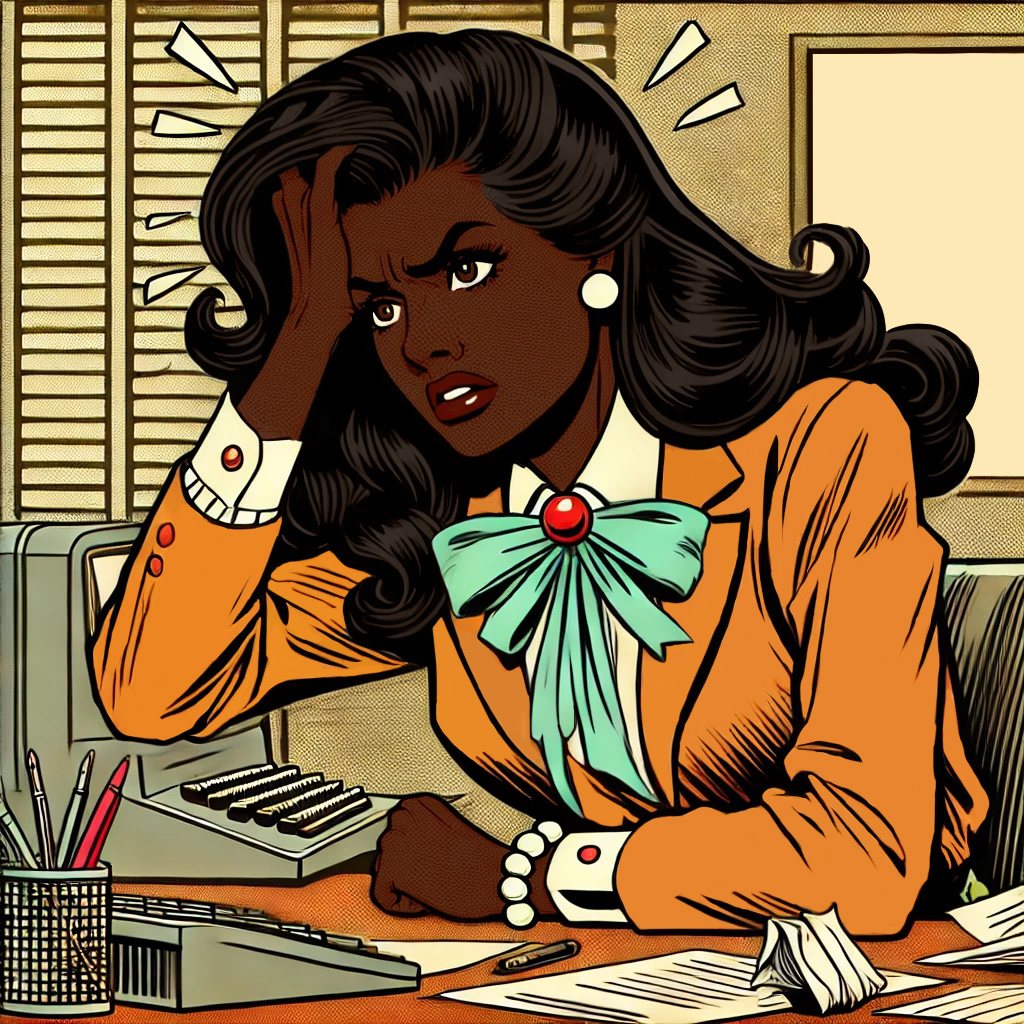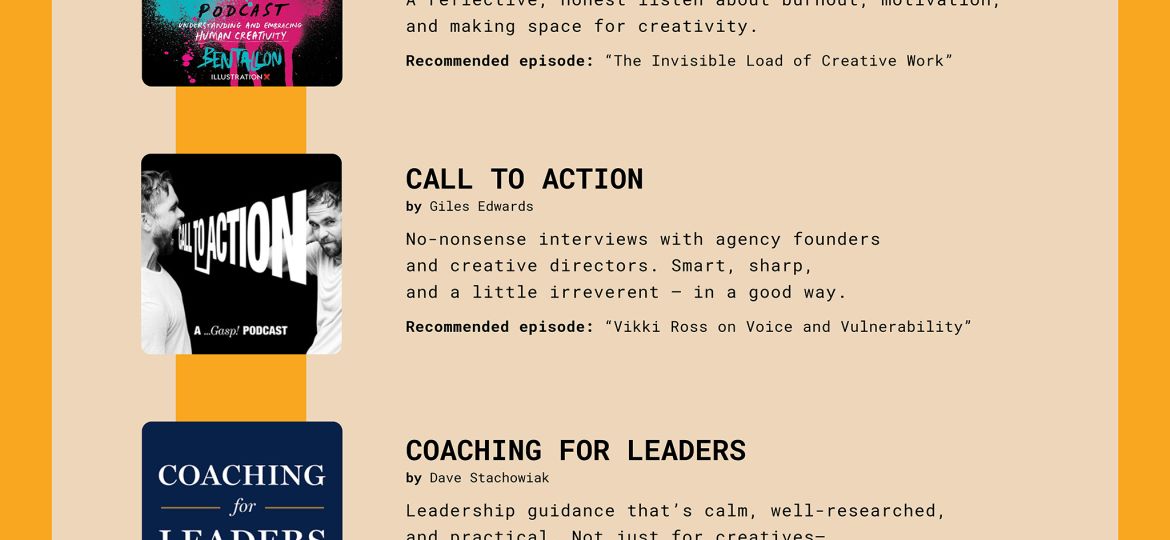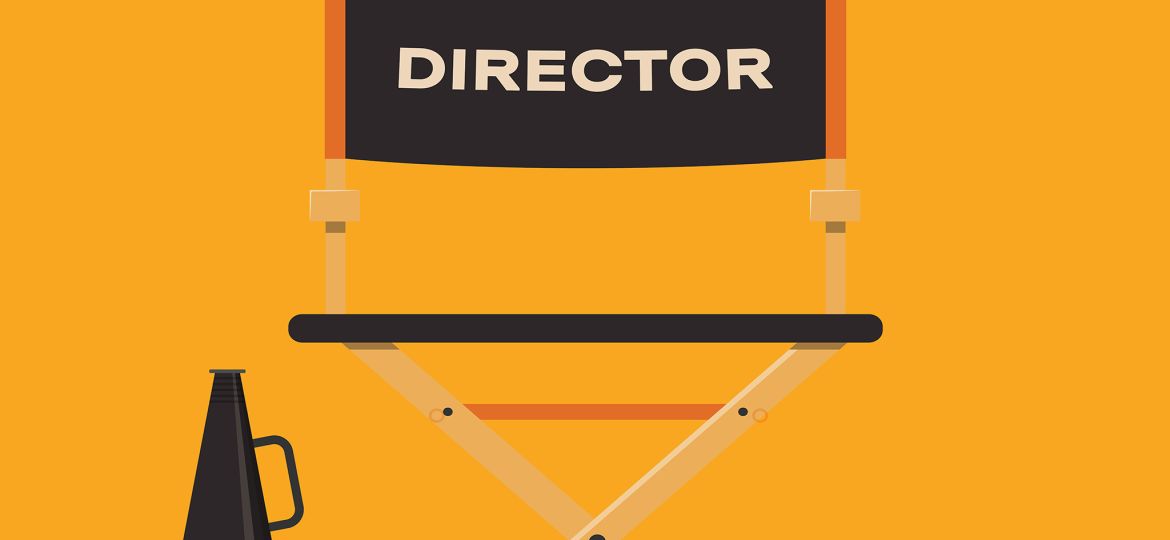Creativity often comes with a reputation—many creative professionals are swiftly labeled “difficult” or “egotistical” at the slightest sign of pushback. At Charm, we take an academic stance in challenging this stereotype and seek to dispel this misconception entirely.
Creativity Demands Confidence
- Creativity requires vulnerability.
- Vulnerability demands bravery.
- Bravery thrives on confidence.
Creatives constantly face scrutiny and the potential for rejection. What may be perceived as ego is often the confidence required to stand by a vision and challenge the norm. Their deep belief in their work can easily be mistaken for arrogance, but in reality, it fuels innovation and risk-taking.
Creative work is inherently personal. Defending a vision is not ego but a natural reflex to protect ideas while navigating feedback. Clear, reasoned critiques help diffuse tension, as creatives are more receptive when they know feedback is anchored in logic. In our experience, this transparency minimizes friction.
Passion Isn’t Always Ego
Creative individuals, with few exceptions, are driven by passion. This unwavering commitment can be mistaken for self-importance, yet it stems from a desire to create work that is both unique and impactful.
- Emotional Investment: Creatives must deeply attach themselves to their projects if anything exciting is to be achieved. This can make them seem resistant to change, but this is rarely ego—it is their commitment to meaningful work.
- Independent Thinking: Creatives often spot possibilities that others overlook, and their forward-thinking can be interpreted as overconfidence. In truth, this is simply nonlinear thinking at its best.
Mental Load Overload
Mental load refers to the cognitive and emotional effort required to manage tasks, decisions, and responsibilities. In the workplace, this often translates into juggling multiple roles, making key decisions, and preempting potential issues—activities that collectively strain an individual’s emotional and mental bandwidth.
Department leaders are tasked with absorbing much of this load, clarifying and prioritizing tasks for their teams. However, in the absence of a Creative Director, this burden falls on creative staff, compounding their daily work and leaving them susceptible to burnout.
Relating to Ego
A heavy mental load caused by inadequate leadership can amplify the perception of ego in creatives. When leadership lacks clear direction or fails to offer support, creatives are left to independently navigate complex projects. This mental burden forces them to make decisions without guidance, which can come across as assertive or controlling behavior.
In truth, what is often seen as egotistical behavior is a reaction to the absence of structure and support. Creatives, in these instances, are compelled to assume additional responsibilities to ensure project success. The pressure to deliver, combined with the weight of the mental load, can easily lead to misinterpretations of their intentions and demeanor.
Leadership Gaps Lead to Perceived Difficulties
One of the most common reasons that business leaders misinterpret creative professionals as egotistical or possessive is a lack of management structure. Before assuming ego, it is essential to examine the leadership framework surrounding the creative. Without a clear advocate, it is natural for creatives to advocate for themselves.
Rethinking Leadership for Creative Talent
Leaders must move beyond superficial ego perceptions to understand that creatives are driven by passion, innovation, and a fiercely independent approach to problem-solving.
- Recognize Their Value: Though creative approaches may appear unconventional, they offer fresh perspectives that can inspire growth and innovation.
- Create Space for Ownership: Empower creatives by allowing them to take ownership of their ideas without diluting their vision through excessive interference.
- Balance Structure with Flexibility: While creatives thrive under guidance, their best work emerges in environments that offer the freedom to explore and innovate.
Conclusion: Understanding the Perceived Ego
What is often misconstrued as ego in creatives is, in fact, a blend of confidence, passion, and a deep connection to their work. Recognizing these traits as strengths rather than flaws enables leadership to create environments where creativity and innovation can truly flourish.





